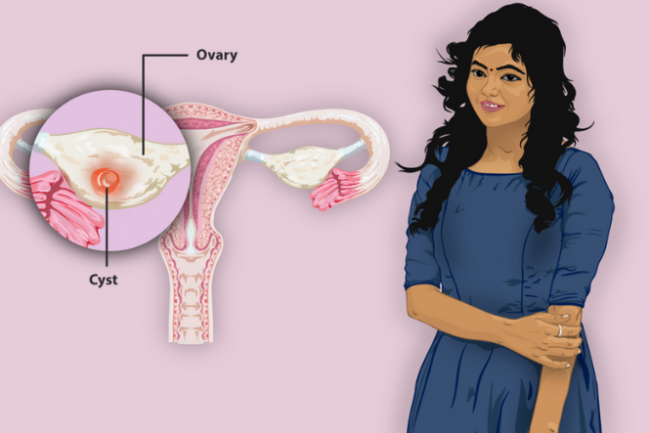The treatment of ovarian cysts depends on your age, the type and size of your cyst, and your symptoms. Your healthcare provider may suggest:
No treatment (also called watchful waiting)
No treatment is usually an option, regardless of your age, if you have no symptoms and an ultrasound shows you have a small, fluid-filled cyst. However, you will be monitored for any changes in symptoms and changes in the size of the cyst.
Birth control pills
Your doctor may recommend birth control pills (also called oral contraceptives) to reduce the chance of new cysts developing in future menstrual cycles. Also, oral contraceptives are known to reduce your chance of ovarian cancer – the risk decreases the longer you take birth control pills.
Surgery
An operation or surgery may be performed to remove the cyst if it is large, it is growing, or it does not go away within a few months. Cysts that cause pain or other symptoms may be removed.
 (external link)
(external link)






